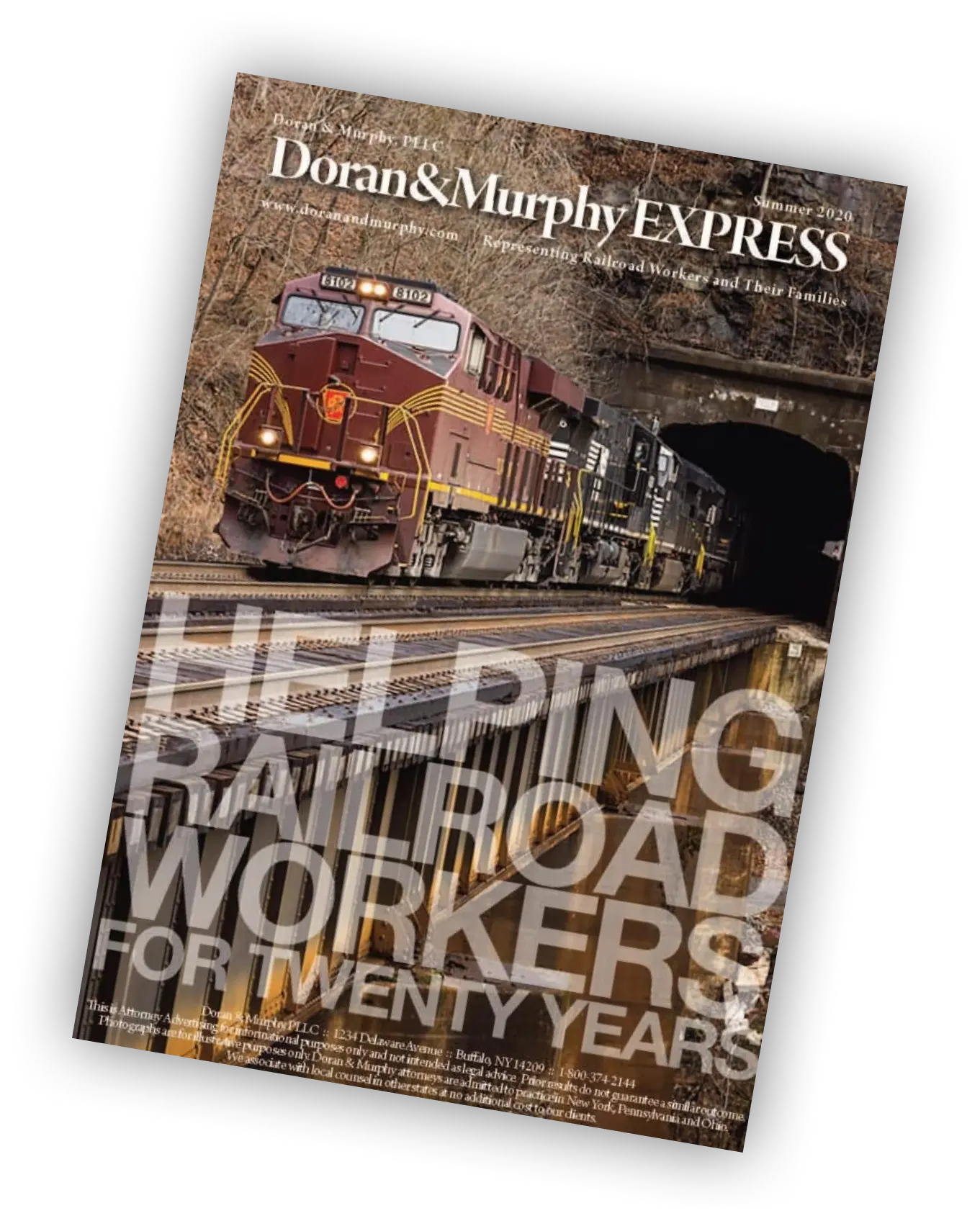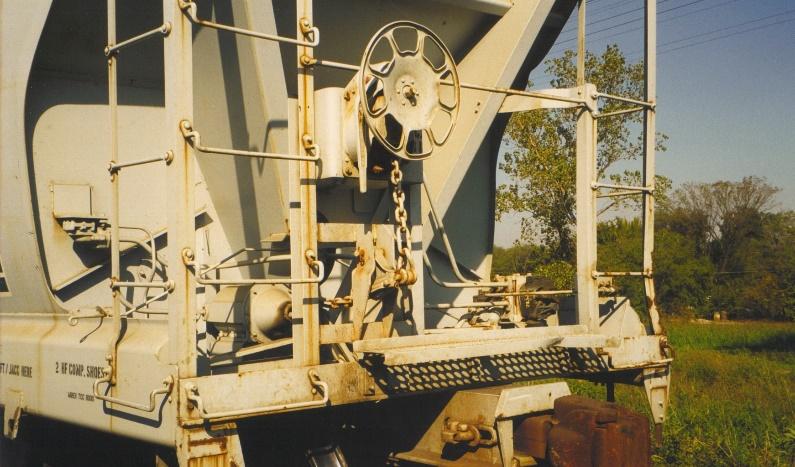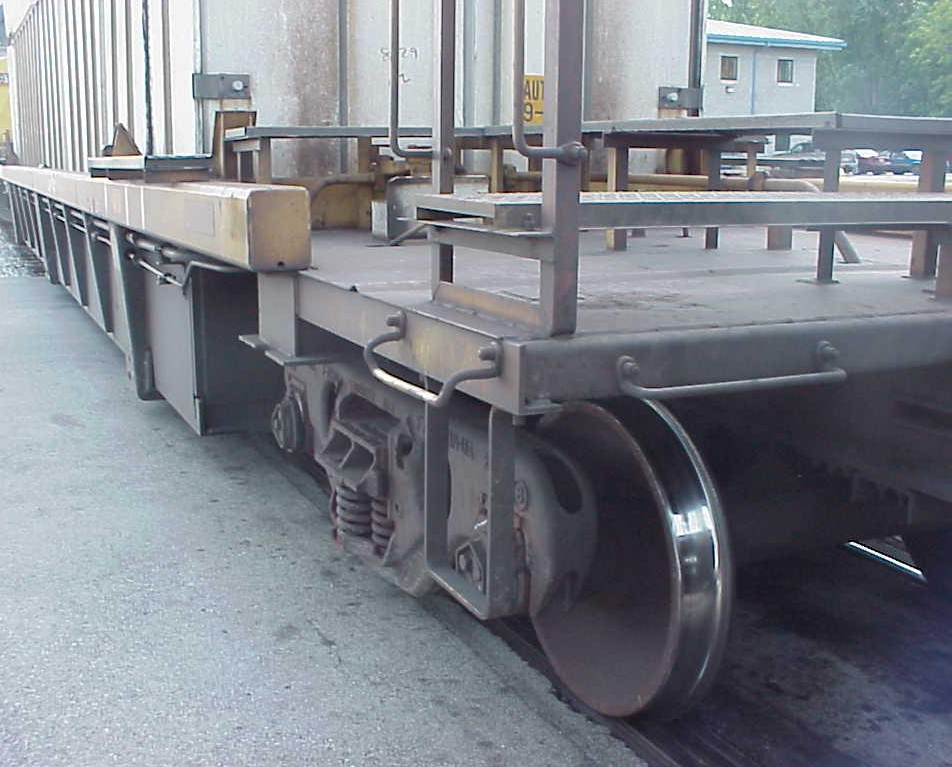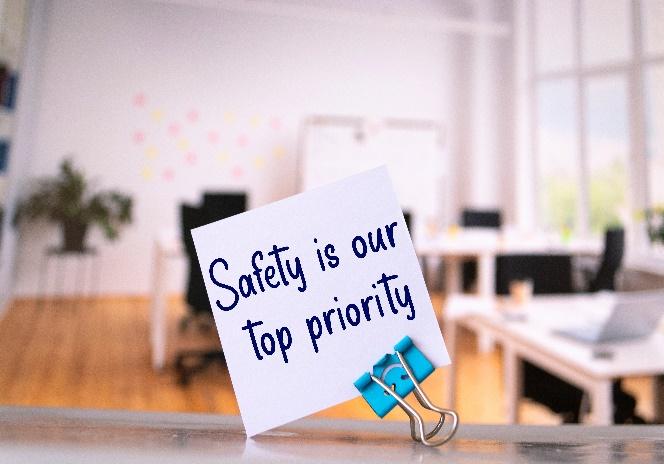
Railroad work is dangerous, and workers often get injured. When railroad employees suffer an on-the-job injury, they are required to fill out an injury report “promptly.” What many workers don’t know is that these reports can have an enormous impact on a potential claim and that filling them out correctly is a crucial step in protecting your rights under the Federal Employers’ Liability Act (FELA).
Below is some guidance that may be helpful in the unfortunate event you suffer a workplace injury.
What is a railroad injury report?
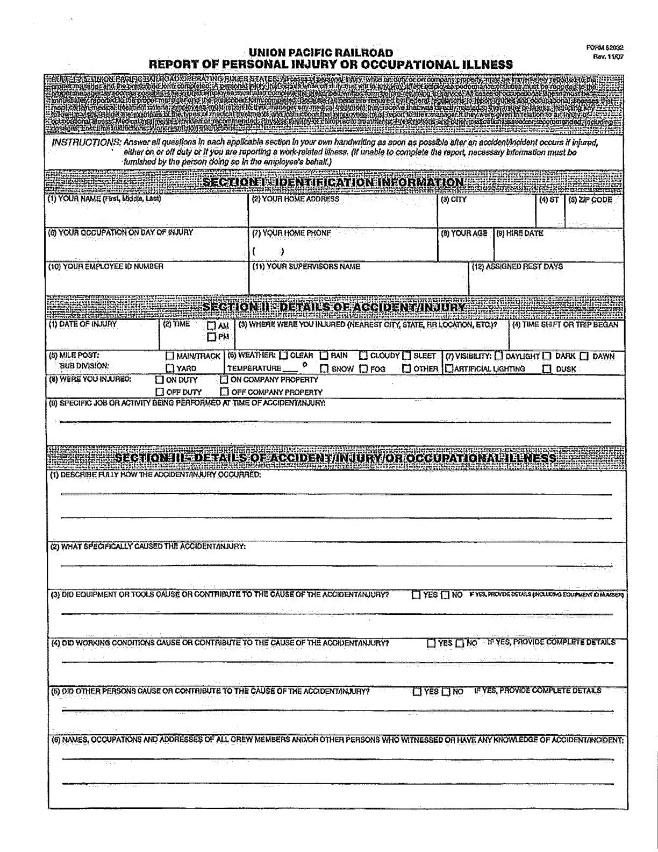
Key Steps in Filling Out the Report
1. Gather the Basics
Be prepared to include:
- Date, time, and exact location of the incident
- Your job title and craft
- Names of any witnesses
- Equipment, tools, or track involved
- Weather and lighting conditions at the time
2. When/where to fill out the report
While the rules require you to fill out the report “promptly,” it is important to be in the right frame of mind and not rushed when filling out the report. If you are in a lot of pain, on medication, or simply shaken up from an event, tell your manager or supervisor that and ask for more time. When you are ready to fill out the report, try to find a quiet, private space to do it and avoid filling it out on a computer. Often, supervisors will try to stand over your shoulder or offer to “help” you fill it out. Avoid this at all costs. They are not your friend and will protect the company’s interests.
3. Details of the incident
This is the most important part of the report, and your description of the incident can play a significant role in a potential FELA claim.
Narrative description
In the narrative section, be sure to stick to the facts and avoid speculation or guesses. Give just enough to explain the incident without providing unnecessary details that can come back to haunt you. Most importantly, avoid any language that could be interpreted as admitting fault or a potential rules violation on your part.
Cause of the accident
Think hard before answering this, because the answer may not always be clear. Be sure to note anything that could have contributed to the injury, even if it may not have directly caused the injury. A good practice is to ask yourself what the railroad, its managers, supervisors, or other employees could have done that would have prevented, OR reduced the risk of your injury. For example:
- Could better/different tools have been used?
- Was the equipment maintained properly?
- Was a proper safety briefing conducted?
- Did you receive proper training/instruction?
- Did anyone (except you) violate any rules?
- Was the lighting appropriate?
- What were the weather conditions?
- Were you given enough help to complete the task?
- Were you given enough time to complete the task?
- Was it difficult to establish a good footing?
- Was it generally an unsafe practice (e.g., getting on or off moving equipment “GOOME”)
If tools or equipment were involved, be sure to document them as specifically as possible, as they might become evidence. If you are unable to document a dangerous condition, ask someone else to. If pictures would be helpful, be sure that some are taken. Conditions change, defective equipment gets fixed, and evidence gets destroyed. If it’s not documented, it may be difficult to prove later on.
Questions to watch out for
Was anyone at fault?
This question can cause the most difficulty for a worker to answer. The worker may not want to see coworkers get into trouble, or the person who was at fault might be the supervisor that they have to hand the form in to.
Did defective tools or equipment cause the incident?
“Tools and equipment” can include parts of machines, rolling stock, and locomotives like grab irons or steps, in addition to handheld tools or entire pieces of equipment like a forklift.
Did working conditions cause or contribute to the cause of the accident or injury?
This question is vague and a potential trouble trap. “Working conditions” can encompass many things more than a person might think of off the top of their head, such as the condition of ballast, or the presence of ice on a walkway.
Were you provided a reasonably safe place to work?
Many railroads have eliminated this question from the injury report, but a few still have it. This is the question that a jury will ultimately be asked to answer in a FELA case – “did the railroad provide the worker with a reasonably safe place to work”? The railroad’s attorneys often will point to a worker saying “yes” to this as the reason why the jury should also say yes, and let them off the hook.
Document your injuries
Be sure to include ALL symptoms and body parts affected, not just the ones that hurt the most. And don’t limit yourself by being too specific. Instead of saying you have pain in your thumb, say you have pain in your hand. Instead of saying your elbow hurts, say your arm hurts. It is better to be overinclusive than underinclusive.
List Witnesses
Include the names of any coworkers or supervisors who saw the accident or the conditions that caused it. Ask if anyone inspected the scene, took pictures, or conducted any type of investigation. If you don’t know their names, find out or ask your manager or supervisor to find out.
4. Keep a Copy
Railroads don’t always volunteer copies of injury reports. Take a photo of the completed form or ask for your own copy before handing it in.
Protecting Your Rights Under FELA
The Federal Employers’ Liability Act gives railroad workers the right to:
- Report injuries without retaliation
- Seek medical treatment from a doctor of their choice
- Pursue compensation if the railroad’s negligence contributed to the injury
Unfortunately, railroads sometimes pressure workers to downplay their injuries or accept the company’s version of events. That’s why it’s wise to speak with an experienced FELA attorney before or soon after submitting your report.
Final Thoughts
Completing an injury report after a railroad accident is more than just filling out a form—it’s laying the foundation for your recovery and your legal rights. If you’ve been injured on the job, don’t go through the process alone. An experienced FELA attorney can guide you, protect your rights, and help you pursue the compensation you deserve.

